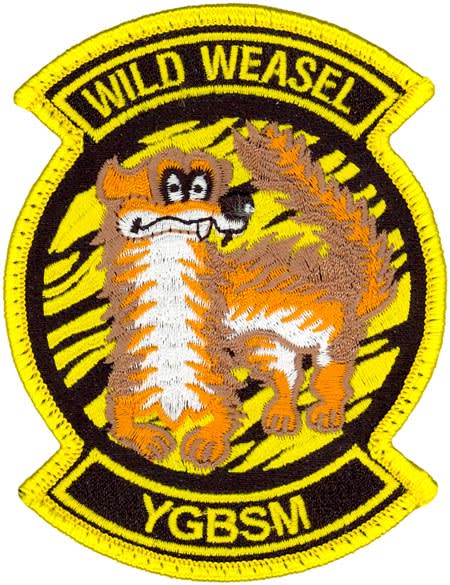I read the OP as "engines are us".
We should understand that our theory of flight can be fundamentally wrong, and still produce valid results.
Consider gravity. Newton's view of gravity as a force has allowed us to send satellites into space, perform grav assist manoeuvres, and intercept a planet millions of miles away; a voyage taking years. But Einstein's Relativity theorises that this gravitational "force" is a manifestation of curvature of space-time. So Newton whilst being practically correct (correct in our "real" world) is fundamentally flawed. Another view is that Newton is correct, and Einstein is "just" explaining why the gravitational force is there in the first place.
Umm ... things are weightless in orbit, cause of the orbit dynamics, but things in orbit should be experiencing a lower gravitational "force" ('cause they're further from the Earth's surface). Gravity on the moon is 1/6th of Earth's gravity, 'cause the mass of the moon is less ('cause the curvature of space-time is less). I wonder how the curvature of space-time is away from the Earth's surface. At the Lagrange points the gravitational "force" of the Sun is balanced by the Earth ... does this mean that space-time is "flat" ?
It is possible (likely ?) that some new idea will come along that will change the basic theory of aerodynamics, but this should "condense" to our current theory in our real world (so that the difference is philosophical rather than practical) or else show that our real world is just a "lucky" co-incidence (and we have tuning factors that allow us to match the real world).
"Hoffen wir mal, dass alles gut geht !"
General Paulus, Nov 1942, outside Stalingrad after the launch of Operation Uranus.

![[2thumbsup] [2thumbsup] [2thumbsup]](/data/assets/smilies/2thumbsup.gif)
